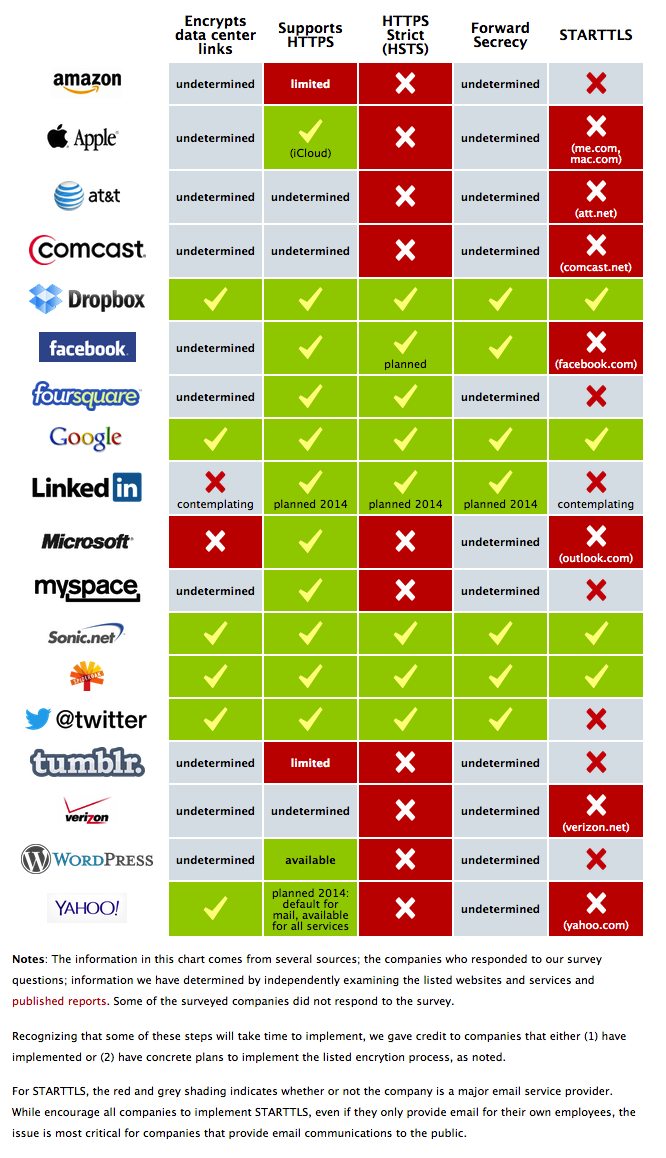The Scary Truth About Your Passwords: An Analysis of the Gmail Leak
Passwords can be troublesome to remember, so we tend to make them short and easy. The Scary Truth About Your Passwords: An Analysis of the Gmail Leak infographic from LastPass shows us that we are not alone in our password struggle. The number one most used password is 123456!
A detailed analysis of last week’s leak of 5 million Gmail logins reveals some alarming statistics. The infographic takes a look at the reality of our bad password practices, highlighting the ongoing use of weak, dictionary-based passwords that are leaving us vulnerable. If you’re not using a password manager, now’s the time to download LastPass and get started today!
This is some great data, and I highly suggest everyone to use password manager like LastPass or 1Password. You need to use strong passwords, and you should have a different password for every site. Turn on 2-factor identification on any sites that support it!
The pie chart visualization in the “Your Passwords Are Too Short” section is messed up. Pie charts MUST add up to 100%! The values from the color key only add up to 88.74%, and they’re shown in a different order than the colors around the pie chart. The values in the color key are sorted by ascending number of characters, and the pie chart slices are sorted in descending order of value. The additional doughnut chart surrounding the pie chart, and the separate 92.96% statistic both confuse the section even more.
I appreciate the simple call-to-action “Learn more at LastPass.com” at the bottom, instead of a hard sales pitch to buy the app. However, the URL should take readers to the original infographic landing page on the LastPass site.
Thanks to Eric for sending in the link!









 Randy
Randy

